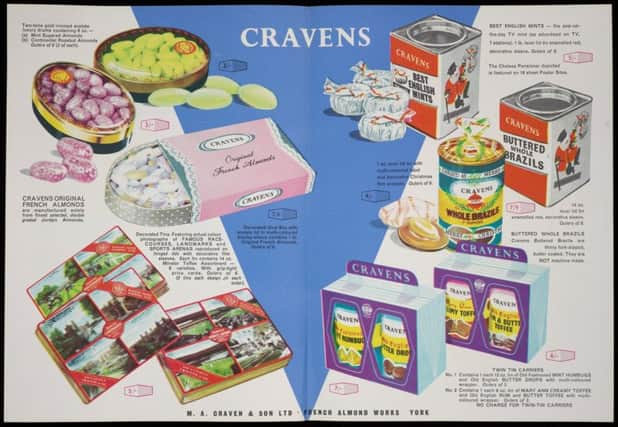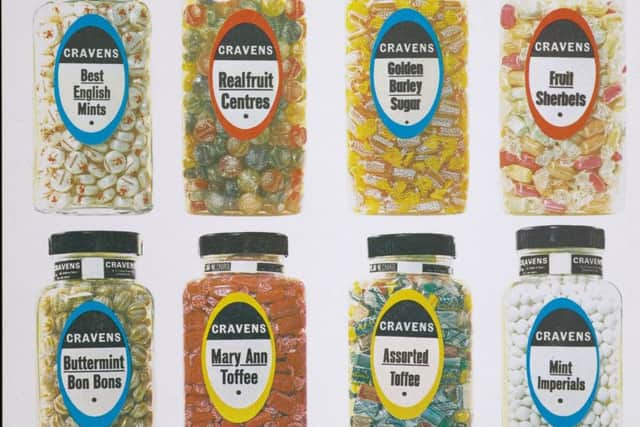Revealed at last: Missing ingredient in York’s sweet success


But the missing ingredient in the recipe that made York the sweet capital of Britain has finally been mixed into the city’s history.
It had been thought that no records survived from MA Craven and Son, whose factory on Coppergate was once famous for its humbugs, toffees and secret recipe “original French almonds”, and which supplied boiled sweets by the glass jarful to the likes of the likes of Harrods and Fortnum and Mason.
Advertisement
Hide AdAdvertisement
Hide AdBut five boxes of photographs, adverts, salary books and price lists, have shed new light on its story.


The records, from a descendant of the Craven family, have been handed to the University of York, which already holds the archives of the city’s better-known chocolate dynasties.
The papers reveal that not all of Cravens’ history was as sweet as the products they turned out.
In particular, the factory’s matriarch, Mary Ann Craven, was renowned for perching on a high wooden armchair from which she could keep an eye on the shop floor and clamp down on any of her 110 workers she saw talking.
Advertisement
Hide AdAdvertisement
Hide AdMrs Craven had broken through the glass sweet jar to take over the firm in the 1860s, after the deaths of her father and husband.
A forerunner of the businesswoman of today, she expanded the company while also raising three young children.
Gary Brannan, archivist at the university’s Borthwick Institute, said: “There’s no question she was a pioneer. The firm was very much bigger and more successful when she died than it had been when she took it over.”
Cravens remained in Coppergate until the 1970s, when it moved to an industrial unit known as Candyland, at Poppleton, on the edge of the city.
Advertisement
Hide AdAdvertisement
Hide AdWhen it left, the old factory was excavated and Viking artefacts discovered beneath. The Jorvik Centre stands there now.
But though the name is not well remembered, the Cravens story is an important past of York’s industrial past, Mr Brannan said.
“The city has come to be defined by the Rowntree and Terry families, and I’ve always felt that Cravens has been missed out,” he said. When you look at all three companies, you realise how important sweets, and not just chocolates, were to the city.”